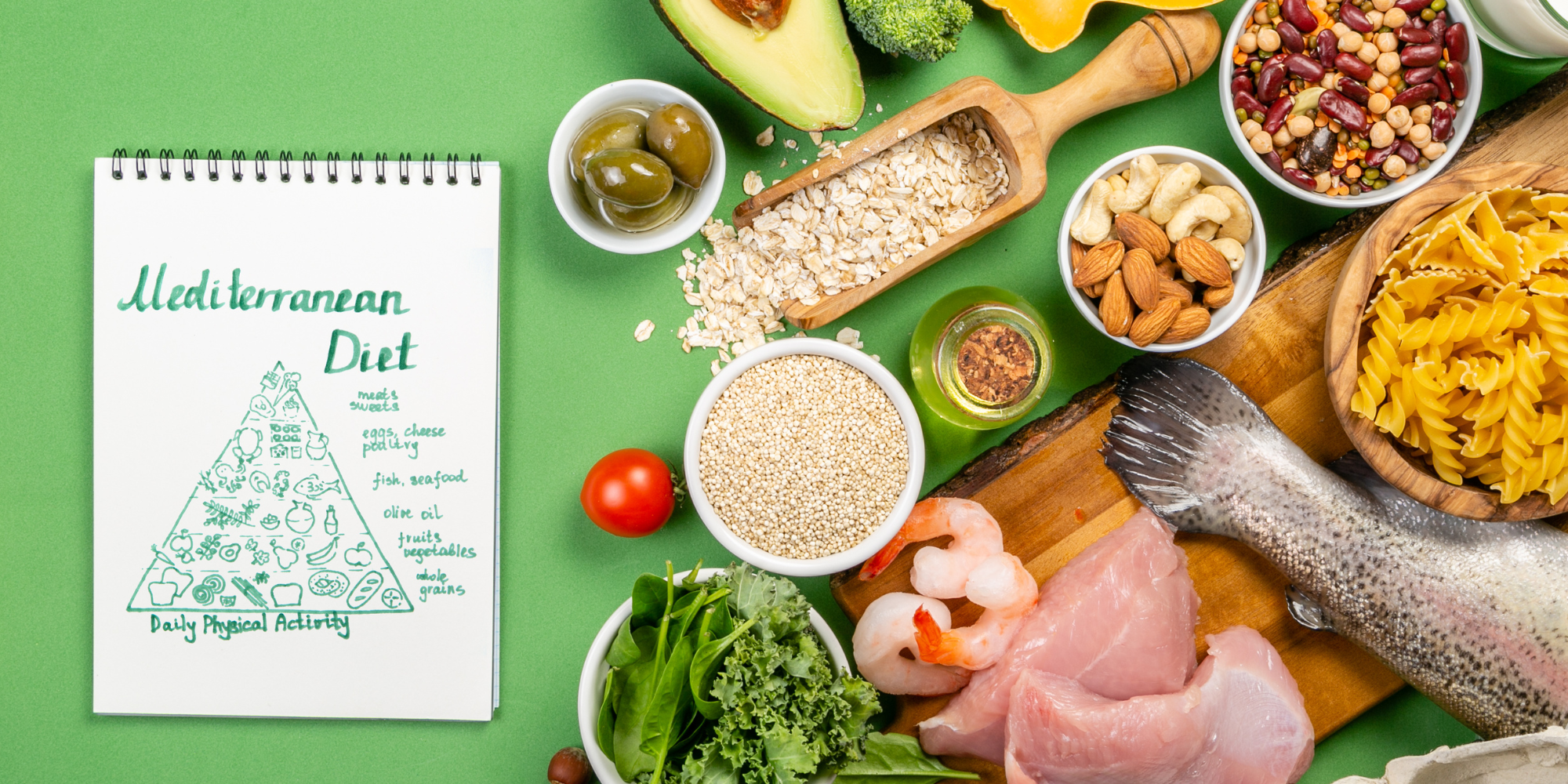In recent years, there have been three trends driving the popularity of avoiding gluten, a protein found in wheat, rye, barley, or crossbreeds of these grains. These include:
- Consumers believing that eating gluten-free will improve their health, including weight, memory, energy, sleep, etc.
- Food marketers in turn promoting “gluten-free” on food packaging.
- Resulting in consumers being willing to pay a premium for high-quality gluten-free food.
With this trendiness in mind, it’s important to recognize that there are people with gluten sensitivity and some individuals are dealing with a more serious condition called celiac disease. For those who have one of these conditions, a gluten-free diet may be medically necessary. A gluten or wheat sensitivity may be a transient condition, while celiac disease is a permanent, hereditary autoimmune condition with no cure.
Symptoms
Symptoms of celiac disease or gluten/wheat sensitivity can vary widely. These side effects include numerous gut issues, tiredness and weight loss from malnutrition, skin rash, headaches, anemia, lactose intolerance, early onset osteoporosis, gall bladder malfunction, and many other complications. Children may experience growth and development problems. Following a gluten-free diet can control the symptoms, help heal the intestines, and prevent long-term complications. Especially with celiac disease, it’s crucial to completely avoid gluten to prevent the symptoms from returning.
Diagnosis and Treatment
To confirm the diagnosis of this serious and even life-threatening condition, it’s best to consult with a doctor before deciding to go gluten-free. Currently, there is not a clear-cut method to test gluten/wheat sensitivity and the standard protocol is ruling out all other causes of a person’s symptoms. For celiac disease, a simple blood test for antibody proteins can indicate a positive immune reaction to gluten. For the test to be accurate, one must be on a gluten-containing diet. If the test shows to be positive for gluten intolerance, an endoscopy with biopsy may be ordered. Early diagnosis lowers the chance of developing another autoimmune condition.
The main course of treatment is to avoid gluten. Specific side effects may call for steroids or antibacterial medications. Once diagnosed, I recommend consulting with a Registered Dietitian to help choose foods that meet one’s lifestyle and overall nutritional needs. If anemia or severe nutrient deficiencies are severe, nutritional supplements may be recommended.
Pros and Cons of a Gluten-Free Diet
Only about 1% of Americans have been diagnosed with celiac disease and about 6% have gluten or wheat sensitivity. For comparison, an estimated 11% of American households follow a gluten-free diet and approximately 25% of Americans believe that eating gluten-free is good for everyone.
If you have been diagnosed with celiac disease or a gluten or wheat sensitivity, feel free to skip to the section titled, “Eating Gluten-Free.”
With the popularity of a gluten-free diet so high, I’d like to highlight the pros and cons of a gluten-free diet for those individuals whose health does not require avoiding gluten.
PROS
- None known (unless you have a medical condition associated with gluten). In this case, symptoms can be reduced or prevented by avoiding gluten.
CONS
- Eating gluten-free may be time-consuming if reading ingredient statements to avoid wheat, barley, and rye.
- Eating gluten-free can be more expensive.
- A gluten-free diet can lead to nutritional deficiencies in vitamins, minerals, and fiber if the overall eating pattern does not provide the nutrients found in whole-grain foods.
- There is currently no evidence showing a gluten-free diet is effective for reducing one’s risk for coronary heart disease, weight loss or general health benefits.
- A true gluten-free diet requires storing and preparing foods in different places to avoid cross-contamination.
- Foods marketed as “gluten-free” are often highly processed and high in fat and sugar. This can lead to weight gain.
Based on the above pros and cons, if there is no history of celiac disease or gluten/wheat sensitivity, I recommend eating foods that contain gluten such as whole-grain bread and pasta. In their natural, minimally processed state, gluten-containing foods provide good sources of vitamins, minerals, and fiber.
Eating Gluten-Free
For those who truly have a gastrointestinal condition that requires removing gluten from one’s diet, this section is for you. Common foods and beverages that contain gluten include (but are not limited to) baked goods, beer, cereals, crackers, pasta, soups, and salad dressings. Even if a food doesn’t appear to contain gluten, check the ingredient statement. Additives such as flavorings, sauces, and thickeners may unassumingly contain gluten.
The good news is that it’s possible to eat a healthy diet without gluten. Healthy, minimally processed foods that normally do not contain gluten include:
- Fruits and vegetables
- Potatoes, quinoa, brown rice, corn, tapioca, oats*
- Legumes (beans, peas, and lentils)
- Egg whites
- Lean fish, seafood, and poultry
- Nonfat dairy
- Nuts and seeds
- Water, coffee, and tea
*Oats do not inherently contain gluten but may be contaminated with gluten during production. If gluten-free oats are needed, one may purchase certified gluten-free oats.
When selecting foods or beverages without gluten, always read the ingredient statement. Key words to look for that do contain gluten include wheat, rye, and barley, but there are less common ingredients and terms to know that signify the use and presence of gluten such as:
- Brewer’s yeast
- Durum
- Einkorn
- Emmer
- Farina
- Farro
- Graham
- KamutTM
- Khorasan
- Semolina
- Spelt
- Malt
- Triticale
Labeling of Gluten-Free
According to the Food and Drug Administration (FDA), for a food to be labeled as “gluten-free” or “no gluten,” it must contain less than 20 parts per million of gluten and must not contain wheat, rye, barley, or crossbreeds of these grains. Labeling food as “gluten-free” is voluntary, meaning food manufacturers have the choice to include this on their packaging. This is why it’s important to read the ingredient statement if gluten needs to be avoided.
For more information on celiac disease and non-celiac gluten/wheat sensitivity, check out the Celiac Disease Foundation.




